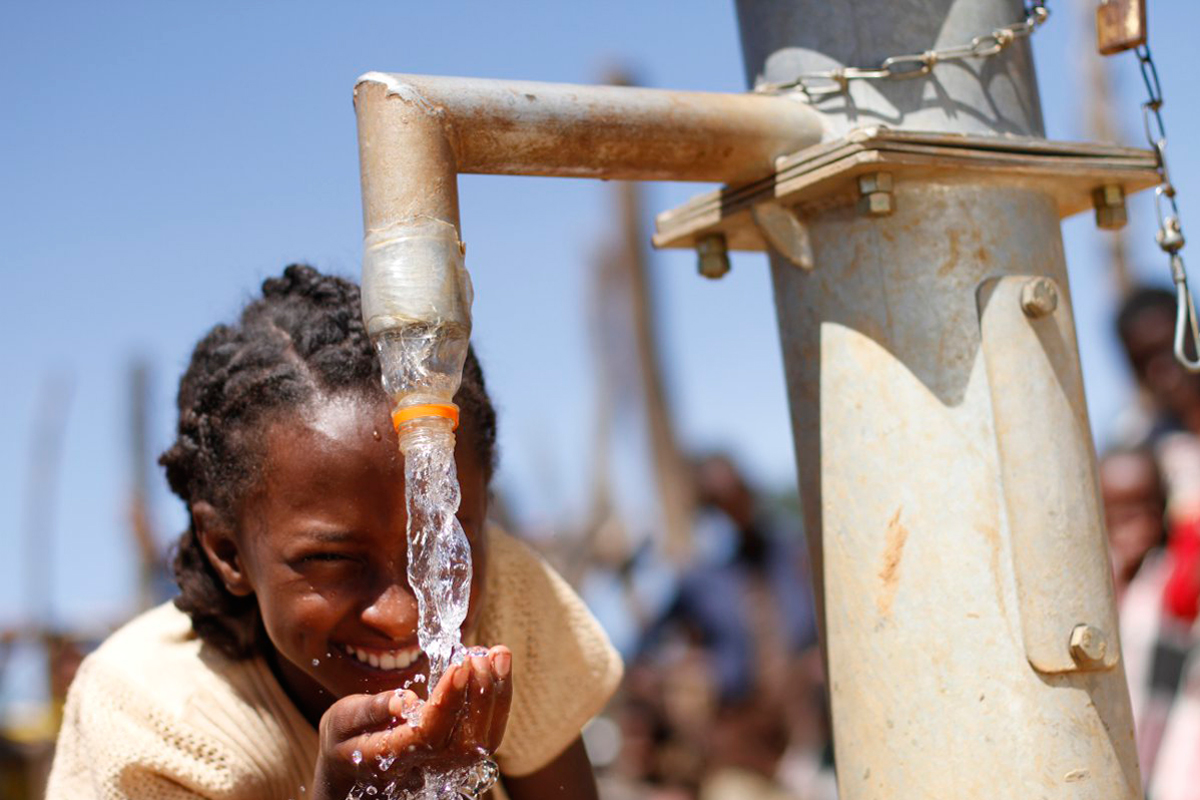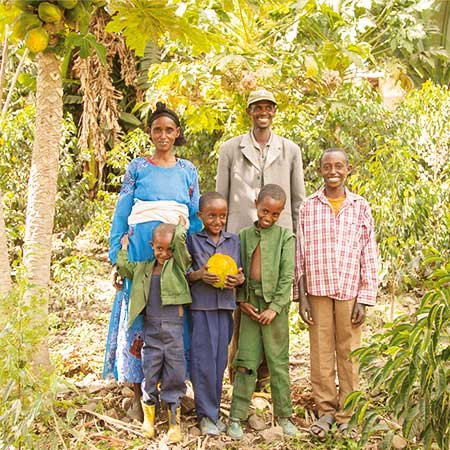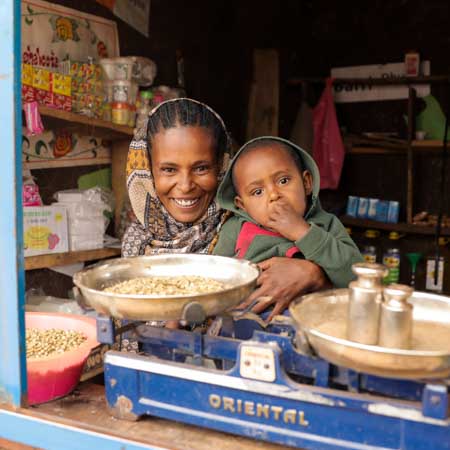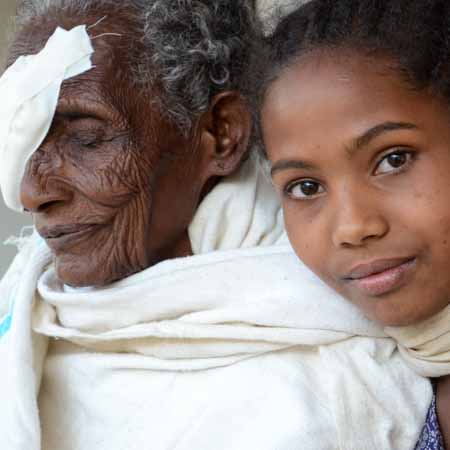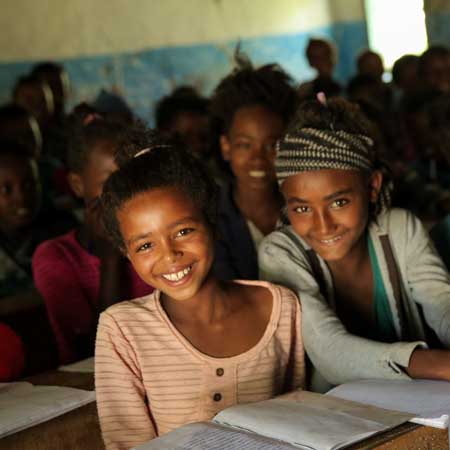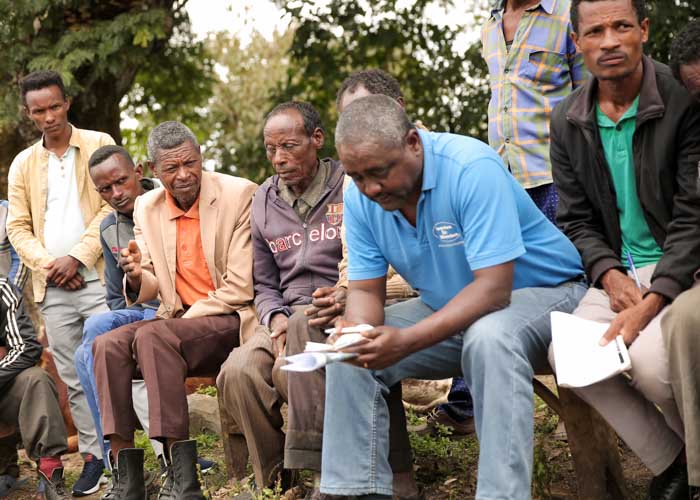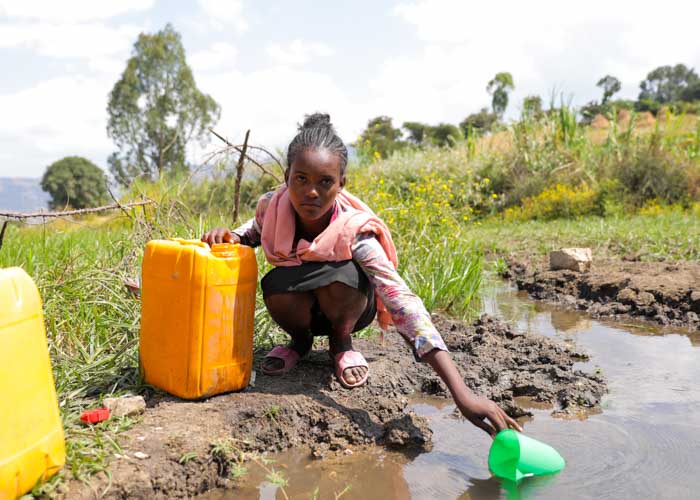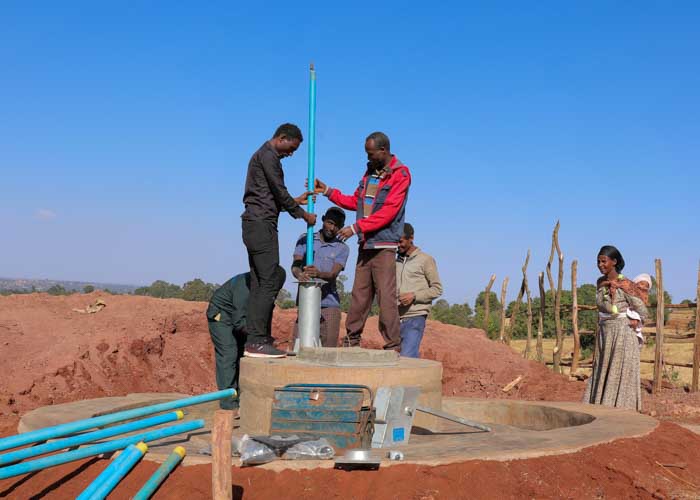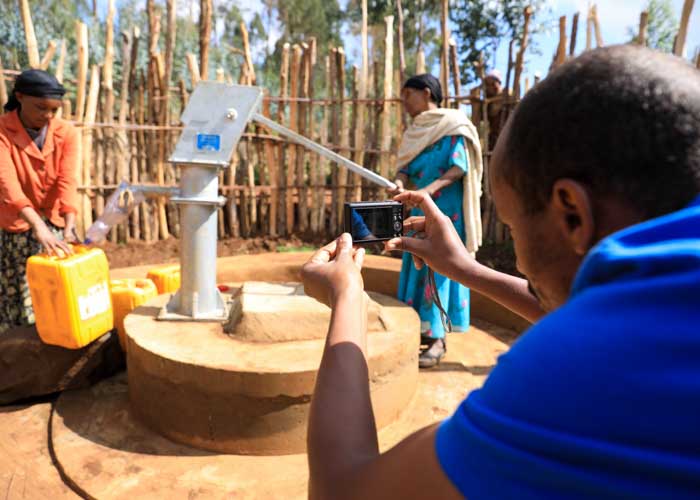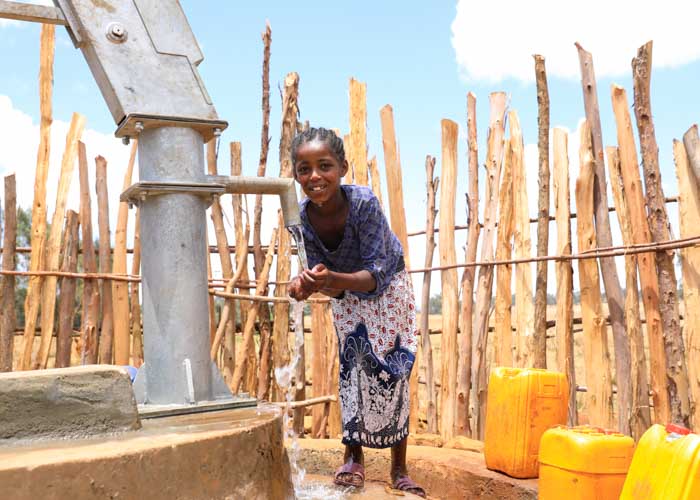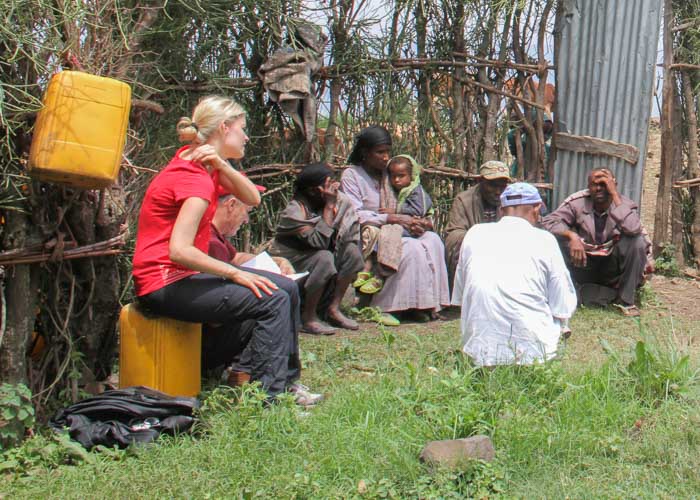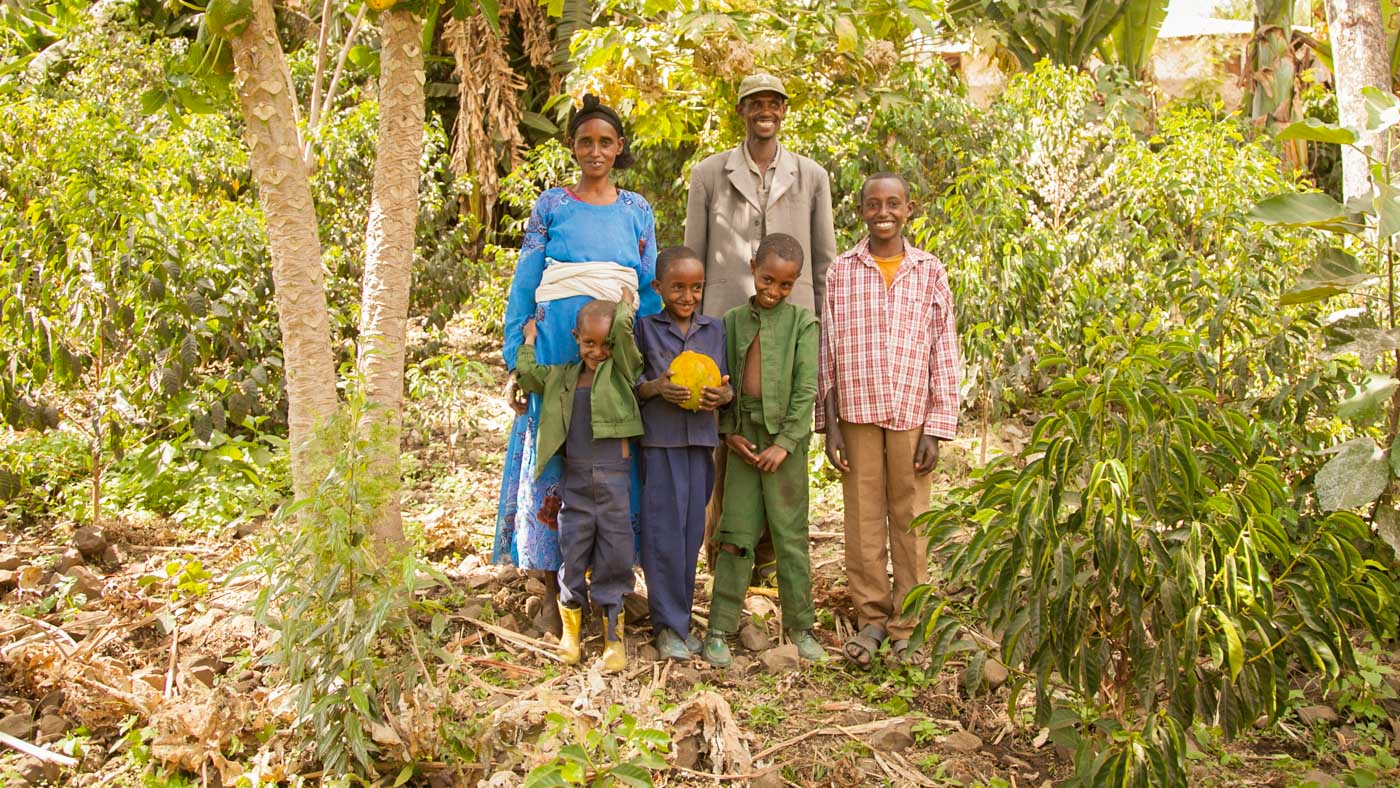
Our integrated approach
Our integrated approach
A way out
People can find a way out of poverty through a variety of initiatives from all areas of life.
Many different initiatives are needed to develop a region as a whole because all areas of life are interrelated. We are therefore implementing an overall concept in the regions, with projects in the areas of agriculture, water, education, health and income.
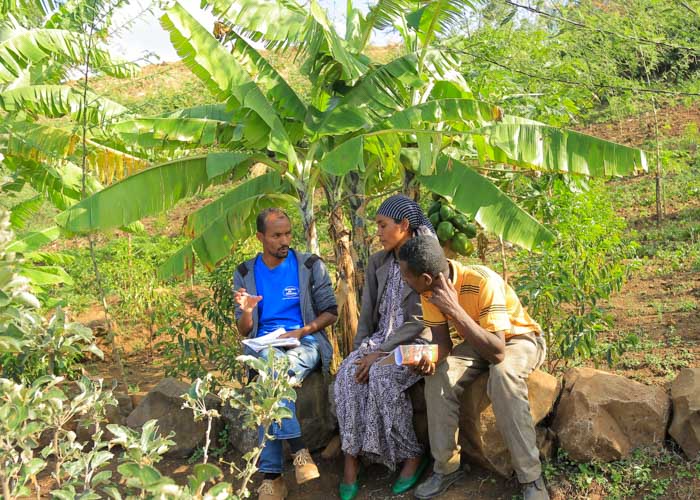

How we’re helping
- Development of entire regions that are on average half the size of Vorarlberg, with the aim of leaving them again;
- Helping people to help themselves, enabling them to bring about improvements themselves and making them independent of outside help;
- Implementation of an overall concept with initiatives from all areas of life to ensure sustainable development;
- Collaboration with the population as equals and implementation of initiatives by people themselves.
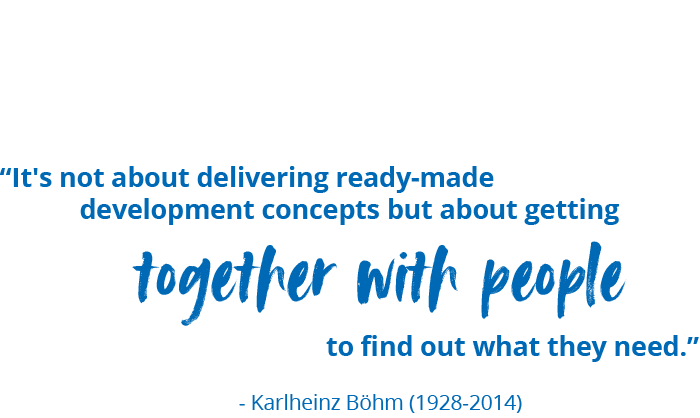
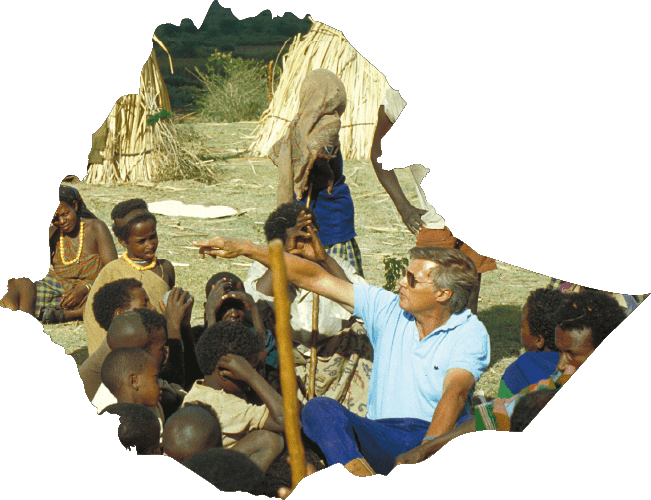
Our work always focuses on people and their needs. The principle behind our work is to meet the people face to face and to actively involve them. Our motto here is “helping people to help themselves”. We want to empower them, not give them handouts. Being close to the people is important to us and is why staff in the project regions live in the remote villages themselves and work hand in hand with the population to develop their communities.
The population actively participates in the implementation of initiatives because this is the only way to make entire regions independent of outside help in the long term.
The population actively participates in the implementation of initiatives because this is the only way to make entire regions independent of outside help in the long term.


5 elements of development
Initiatives in only one area of life often bring only short-term success. It is only through the interplay of different initiatives in all areas of life that a fundamental and lasting change is achieved.
Interplay of initiatives
For example, improving medical care by building and equipping health stations is an important step. However, for long-term disease prevention and health protection, access to clean drinking water and an adequate, vitamin-rich diet are needed.
Income improves nutrition
Those who earn too little can barely afford enough food. When incomes rise, family nutrition improves, as do children's educational opportunities. For example, especially women who have an independent income thanks to a microloan invest in their children's education.
Water improves education
Wells and spring catchments must be built near villages so women can take advantage of programs like these and for girls to be able to pursue their education. This is because it saves them a lot of time that they would otherwise spend drawing water from distant, unprotected sources.
There are a variety of these kinds of interactions. That is why Menschen für Menschen is convinced that it takes an integrated approach – this bundle of initiatives – to develop entire regions sustainably.
Interplay of initiatives
For example, improving medical care by building and equipping health stations is an important step. However, for long-term disease prevention and health protection, access to clean drinking water and an adequate, vitamin-rich diet are needed.
Income improves nutrition
Those who earn too little can barely afford enough food. When incomes rise, family nutrition improves, as do children's educational opportunities. For example, especially women who have an independent income thanks to a microloan invest in their children's education.
Water improves education
Wells and spring catchments must be built near villages so women can take advantage of programs like these and for girls to be able to pursue their education. This is because it saves them a lot of time that they would otherwise spend drawing water from distant, unprotected sources.
There are a variety of these kinds of interactions. That is why Menschen für Menschen is convinced that it takes an integrated approach – this bundle of initiatives – to develop entire regions sustainably.
Helping people to help themselves
Initiatives in all areas of life
People in Ethiopia are faced with a variety of challenges. The steps taken to meet these challenges must therefore be just as multifaceted. Since all areas of life are interrelated, initiatives are also coordinated and linked with each other. Only in this way are sustainable changes possible.
Together with the population, our Ethiopian colleagues in the project regions implement initiatives in the areas of agriculture, water, education, health and income. You can find out exactly what we do, what factors we consider and what the background issues are in individual areas.
Together with the population, our Ethiopian colleagues in the project regions implement initiatives in the areas of agriculture, water, education, health and income. You can find out exactly what we do, what factors we consider and what the background issues are in individual areas.
Project procedure: step by step to shared success
Only initiatives planned and jointly implemented with the population on an equal basis can have a sustainable and positive impact. That is why, from start to finish, our staff work hand in hand with the people in the project regions to achieve successes that last, step by step. Here you will learn how the projects are planned in detail and implemented, from selection of the project region to reviewing our work.
